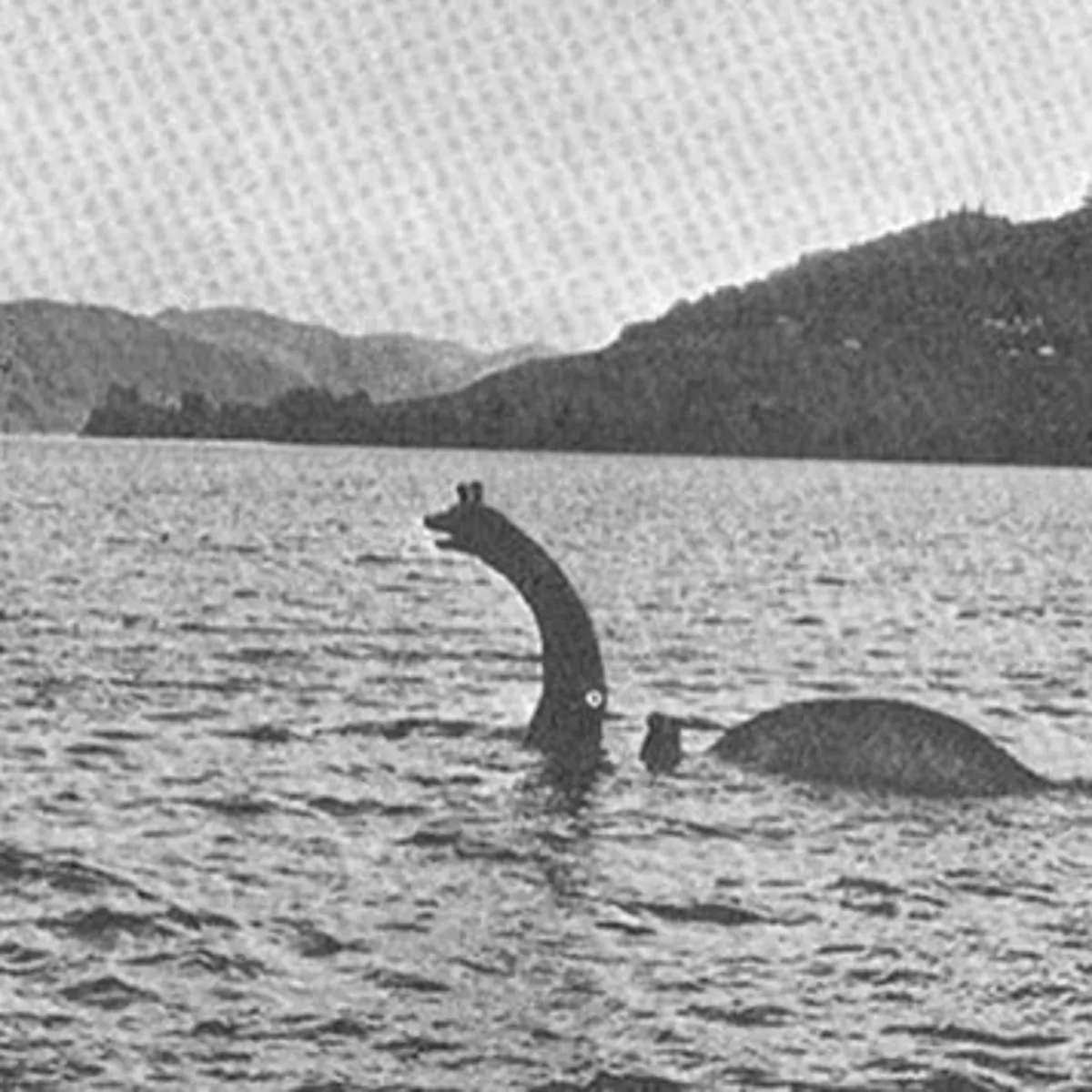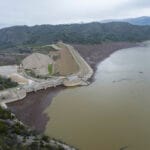Unveiling Nessie: Can Technology Solve the Mystery?
Prepare yourself for a journey into the heart of the Loch Ness mystery! We’ll be diving deep—with the help of cutting-edge technology—to explore this legendary Scottish lake and uncover the truth behind Nessie. From satellite images that have sparked imaginations worldwide to sonar readings hinting at something lurking beneath the surface, we’ll put these tools to the test. Join us as we separate scientific evidence from sensationalism and discover if there’s truly something extraordinary in the depths below.
Debunking the Digital Nessie: Are Satellite Images Just Ripples of Deception?
We’ve all seen the headlines: “Has Nessie Finally Been Found? Satellite Image Shows Giant Creature in Loch Ness!” It’s enough to make anyone a believer, but don’t get your hopes up just yet. While satellite imagery of Loch Ness offers a tantalizing glimpse into this enigmatic lake, it can also be incredibly misleading. More often than not, those “monster” shapes are just waves created by boats—a disappointing reality for eager Nessie hunters.
Take, for instance, the Apple Maps “Nessie sighting” back in 2014. The internet went into a frenzy, convinced that we finally had definitive proof. As it turned out, the shape was simply the wake of a tour boat, the Jacobite Queen. This happens more often than you might think; boat wakes have a knack for playing tricks on our eyes, especially from a satellite’s perspective. So, as much as we want to believe, those grainy satellite images likely aren’t showcasing the real Nessie.
Can You REALLY Find Nessie on Google Earth? We Investigate.
Speaking of technology and Nessie, what about the prospect of spotting her on Google Earth? While a guaranteed glimpse of the elusive monster isn’t promised, Google Earth does provide an incredibly immersive way to explore Loch Ness from the comfort of your own home. Think of it as virtual monster hunting! With stunning 360-degree views, you can get a real feel for the loch’s vastness and mystique.
Google even launched Street View imagery of Loch Ness in 2013, allowing you to virtually “walk” along the shores. This feature offers a unique opportunity to appreciate the loch’s beauty and imagine what might be lurking beneath its surface.
However, even Google Earth has been subject to its own Nessie misinterpretations. Remember the supposed sighting back in 2009 at coordinates 57°12’52.13″N, 4°34’14.16″W? A large, elongated shape resembling Nessie had people convinced. Sadly, upon closer inspection (and with improved image resolution), it was determined to be nothing more than a boat. This incident highlights how easily our eyes can be tricked by shadows and shapes in satellite imagery.
While a definitive Nessie sighting on Google Earth remains elusive, the platform offers an unparalleled way to engage with the legend. You can “sail” across the loch using Street View, taking in the scenery and letting your imagination run wild.
But that’s not all! Google has also partnered with the Catlin Seaview Survey to capture underwater images of Loch Ness, offering an unprecedented glimpse into the lake’s depths—and potential Nessie hiding spots. Though the mystery persists, these efforts provide valuable insights into this enigmatic environment.
Which Lake in Scotland is Said to be Inhabited by Nessie?
The legendary Loch Ness, of course! Nestled amidst the breathtaking Scottish Highlands, Loch Ness is a freshwater lake of immense size and even greater mystique. It holds the title of the largest lake in Scotland by volume and the second largest by surface area. But Loch Ness isn’t famous for its size alone; whispers of a mysterious resident, affectionately nicknamed “Nessie,” have captivated the world for centuries.
The enduring allure of a good mystery has fueled countless attempts to capture Nessie from space using satellites. These images often depict unusual, Nessie-like shapes lurking in the depths. However, experts believe that these shapes are likely caused by waves from boats or other natural occurrences in the water.
Intriguingly, sonar technology, similar to underwater radar, has also been employed in the search for Nessie. Some expeditions have returned with compelling evidence: sonar readings of massive, unidentified objects moving beneath the surface. While this might sound promising to Nessie believers, it’s important to remember that sonar readings can be influenced by factors like schools of fish, underwater currents, or even rock formations.
So, does Nessie exist? Despite numerous expeditions and tantalizing clues, conclusive proof remains elusive. But that doesn’t stop people from looking, and the legend of Nessie continues to capture our collective imagination.
Where is the Loch Ness Monster? Exploring the Depths of a Legend.
The quest to pinpoint Nessie’s whereabouts has taken us from the heights of space to the depths of Loch Ness itself, utilizing some seriously impressive technology along the way. But has it brought us any closer to solving the mystery?
A Glimpse from Space: Can Satellites Find Nessie?
Imagine having a bird’s-eye view of all of Loch Ness! Satellite imagery offers just that, scanning vast areas in the hopes of capturing a glimpse of our elusive underwater celebrity. While this might seem promising, satellite images can be deceiving. A boat’s wake, for example, can easily resemble a large, serpentine creature from above, leading to false hope and misinterpretations.
Diving Deeper: Searching with Sonar on Boats
If satellites offer the wide shot, sonar technology provides an up-close and personal look at what lies beneath the surface of Loch Ness. Think of boats equipped with sonar as high-tech detectives, using sound waves to “see” through the murky depths. If Nessie is real and large enough, sonar should be able to detect her.
However, even sonar has its limitations. Loch Ness is known for its strong currents and a bottom topography full of hills and valleys. These factors can interfere with sonar readings, making it seem like something is there when it’s really just a trick of the water.
What We Know (and Don’t Know) So Far
- Satellite pictures offer a broad perspective but are prone to misinterpretations.
- Sonar technology, deployed from boats, offers our best chance of detecting large underwater objects, but it’s not foolproof.
The mystery of Nessie endures! While we haven’t definitively located Nessie just yet, researchers are relentlessly pursuing new and innovative ways to explore Loch Ness. Perhaps one day, we’ll have a definitive answer, but until then, the search continues!
Explore More:
- Dive into the latest advancements and breakthroughs by exploring our discover innovation news dualmedia.
- SYBAU See You Baby Meaning: Gen Z Slang Evolves - July 1, 2025
- Unlock Your Inner Youth: Lifestyle Secrets for a Vibrant Life - July 1, 2025
- Decode SYBAU Meaning: Gen Z Slang Explained - July 1, 2025






